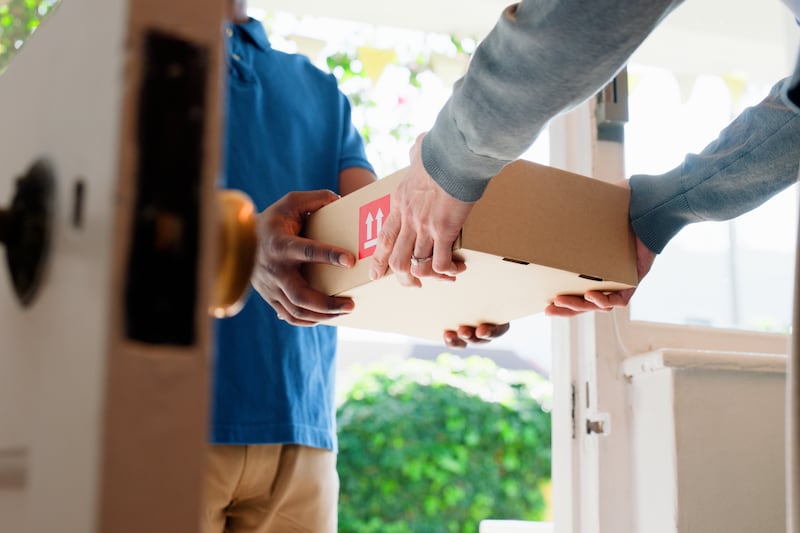"Pizza is the gastronomic language of the young," said Denis Lovatel, the Italian chef who spoke recently at the Food on the Edge symposium in Galway. Lovatel is trying to change attitudes towards pizza, not only in Italy, but around the world.
When did pizza become so bad? How did it go from being a beautiful slow food to a fast-food monster filled with preservatives and sugar? However this happened, it not too late to save this symbol of Italian food that speaks to us on a global level.
Lovatel uses seasonal toppings to show his guests that pizza is a responsible vehicle for the local environment. A slow fermented pizza base is topped with cheese and baked until crisp. Then it is removed from the oven and ingredients are gently placed upon it.
Fried chanterelles, oysters and wild herbs were some of the ingredients that we placed on top when Lovatel and I made pizza a few years ago. It was a weird fusion of Aniar meets Italian pizza. Though the weirdness existed only in our own heads. Migration is the normal condition of food.
To make local ‘slow’ pizza
Weigh out 500g of “00” pizza flour and add 10g of salt. Mix thoroughly by hand or with a mixer. Add 2g of yeast to 300ml of tepid wa
ter and allow it to stand for 10 minutes in a warm place. Gradually mix the water into the dough until it forms into a rough ball. Knead for 10 minutes by hand or five minutes in a mixer with a dough hook, until smooth. Roll the dough into six balls. Place on a tray, cover and allow to rise in the fridge for 12 hours. Remove two hours before you want to make the pizza.
Shape the dough ball into a circular base with your hands or with a rolling pin, using a little flour. Top with some grated cheese (you can use a mixture of any Irish cheese). Bake in your oven at its highest setting until crisp.
The toppings are up to you: roast pumpkin, wild mushrooms and onions with thyme are all good at this time of year.


















